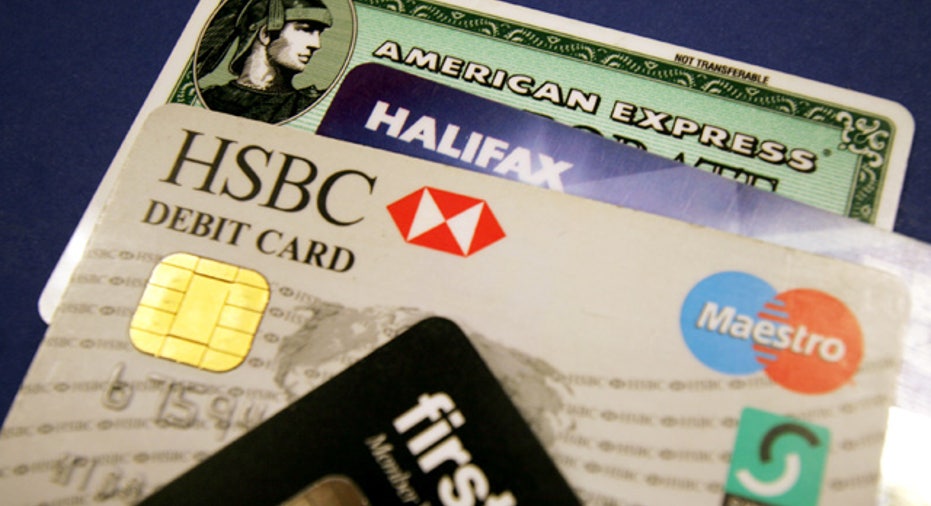Five Lessons From Free Credit Score Notices

Pulling Back the Credit Score Curtain
The government's free credit score rules took effect July 21, and since then, some consumers have received a crash course in the nebulous world of credit reporting and scoring.
The final rules stipulated that creditors must disclose the credit score used to make a lending decision, along with information related to the score, if a consumer is denied or offered less-than-the-best terms.
Along with the score used, consumers receive the range of possible credit scores under the model, four or five key factors that hurt the score, the date the score was created and the credit reporting agency that provided it.
Bankrate outlines five lessons you can learn from a credit score disclosure notice.
There's More Than One Credit Score
Surprise! There's not just one credit score. Although the most widely used score is the FICO score, another credit score could show up on your disclosure. The new rules don't require lenders to identify the brand of credit score.
"I think you'll have a slice of lenders who will proactively tell the consumer what brand the score is," says John Ulzheimer, president of consumer education at SmartCredit.com.
For everyone else, there are ways to decipher the score's origin. If the range is between 300 and 850, it's a FICO score. Still, it could be a specific FICO score, such as one designed for credit card issuers, and not the one available on myFICO.com. If the range is 501 to 990, it's a VantageScore, which was developed by the three credit reporting agencies, Equifax, Experian and TransUnion. If the range is anything else, it's an obscure model not used by many lenders, says Ulzheimer.
"Call the lender and find out what score it is," Ulzheimer says. "I think that's a reasonable request."
Not all Inquiries Are Created Equal
The new rules also require lenders to give additional information about the score, including the four factors, or reason codes, that hurt it the most. A fifth factor can be added if one of those factors is inquiries, or the number of times potential creditors pulled your credit score or report. Not all inquiries count the same, however.
For example, if you shop around for a mortgage, auto or student loan, the FICO score will ignore inquiries made in the 30 days prior to scoring, according to myFICO.com. Inquiries older than 30 days that were made within any 14-day span or 45-day span, depending on the version of the scoring model used, count as one inquiry.
There are also "soft inquiries" that don't affect your score, says Bradley Graham, product management director at FICO.com. That includes when you or your employer pulls your credit report or score. Ditto with marketing offers you get in the mail.
"It only counts when you initiate requests for credit," Graham says.
You Don't Have Perfect Credit
One way creditors can comply with the new rules is to send out a credit score disclosure to everyone, instead of just those consumers who get denied or receive unfavorable terms. That means if your FICO credit score is 800 and you received the best terms available, you may get your free credit score.
What may surprise you is, despite your high score, the disclosure will list the four reasons your score isn't higher. Translation: You could do better.
"It's like saying you're super-awesome but not perfect," says Ulzheimer. "But that's OK because lenders don't require you to be perfect to get the best terms."
Credit Bureaus Don't Know Your Score
The free credit score likely will come from one of the three credit reporting agencies: Experian, Equifax or TransUnion. You'll see the agency identified on the disclosure. But the company won't be able to discuss your credit score.
"We are the source of the credit report used to calculate the score. But we're not the source of the credit score itself," says Rod Griffin, director of public education at Experian.
The agencies won't be able to tell you how much a missed payment deducts from your score or even which trade line is valued the most in the score. What they can do is go over your credit report and make sure there are no mistakes. They can also help you understand the factors that affect your score, which are included in the disclosure notice.
"It seems like a contrary message," says Griffin, "but consumers shouldn't worry so much about the number, but instead focus on the risk factors. That's what is going to improve their scores."



















